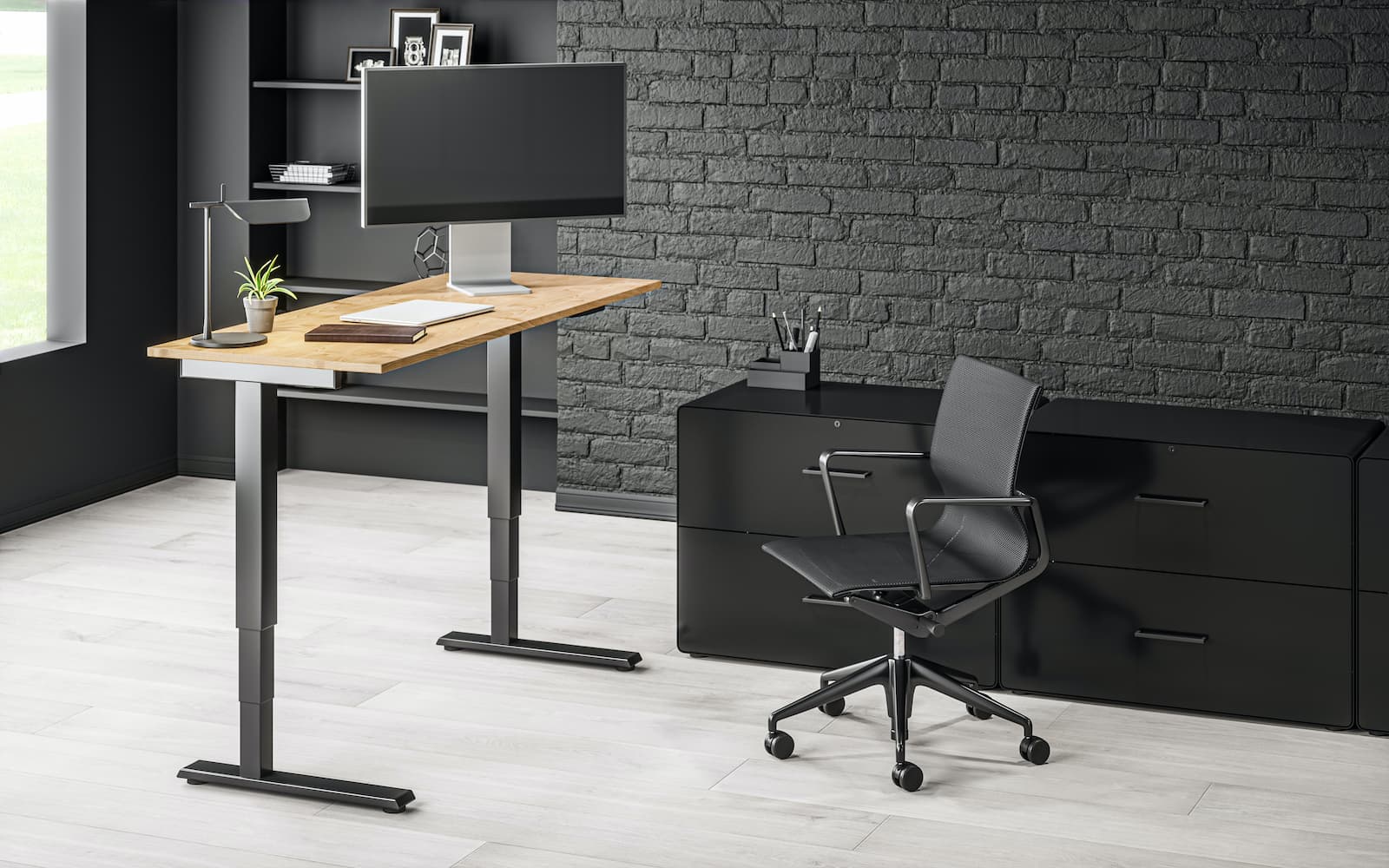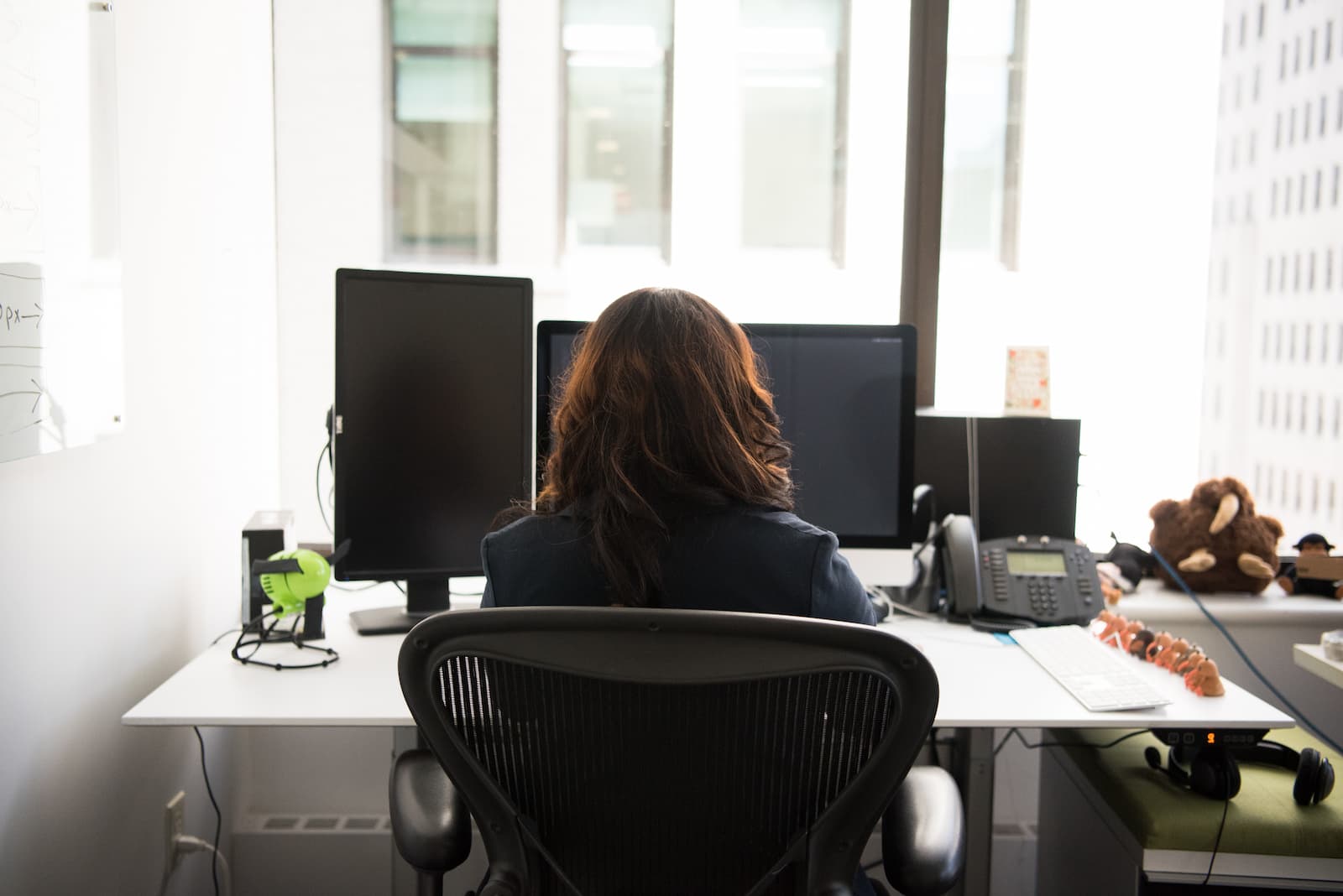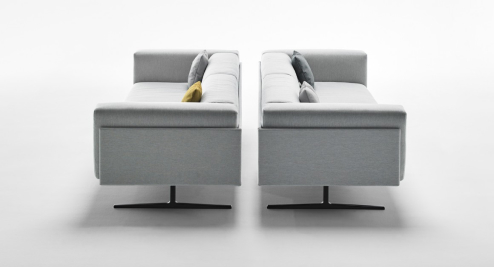

Set Up Your Home Office Desktop for Productive Remote Work!



Finding the optimal location for a home office desk is a source of anxiety for many telecommuters. Those just starting out in the world of remote work may rush into costly decisions like moving their desk to a new location in their home before realizing that it’s not the best place for the desk to get work done.The good news is that simply rearranging the workstation may well do the trick. Read this article to learn about the factors to consider and the optimum positions for your home office desk if you’re having trouble concentrating and getting your work done.
Variables That Need to Align for Your Home Desk Office
Several factors can come into play when deciding where to put a desk in a room. It’s important to some folks to have a good view. For others, peace and quiet are paramount for their desk placement in the home office. The location of your workstation can be affected by factors such as the size of your desk, the view you get, and the layout of the room.
Dimensions of the Desk
Consider the proportions of the space and the desk to find the ideal spot. In the office, for instance, a huge desk may be better suited to a central location. While if it’s on the smaller side, you might think about acquiring a second one and setting them up opposite one another.
If you might need extra space in the future, this arrangement could give the area a sense of equilibrium while allowing you greater flexibility. Those who home-school their children or have multiple adults working from home will find this desk placement to be an excellent option.
Bear in mind that your height, build, budget, and available space will all play a role in determining the optimal size of your office desk. Rather than selecting a desk that may be better for the room’s appearance but worse for your comfort, it is preferable to organize your home office desk based on ergonomics.
Standing desks for a home office are a safe bet if you haven’t already acquired one because certain models are lightweight and quick to construct.
Something you absolutely don’t want to ignore is all the wires that will hang out while you work. Yes, extension cords do a great job, but it’s best to have an uncluttered desk, so install hooks and cord holders to keep your desk cord-free.
Interiors
When deciding where to put your desk, sometimes, the layout of the room may be more important than the home office desk design. Factors that affect how you should set up your workstation include the location of windows, the quality of the available lighting, and the availability of nearby cabinets.
Putting a corner standing desk in an office nook that already has numerous built-in storage containers is a great way to not only improve the aesthetics of the space but also make the most of the available storage.
Similarly, if you’re working from home and all you have is a massive standing desk, it’s best to position the desk against the window or other source of natural light. You won’t need an extra lamp for work if your home office has this focal point.
In addition, the placement of the room’s power outlets can have a major effect on your plans. It’s crucial to arrange your home office desk so that you’re close to power outlets if you use a desktop computer and other devices that need to be plugged in.
Despite the existence of extension cables, most workplaces quickly become unsightly without some form of cable management. On the other hand, not many rooms have power outlets in the middle of them.
Office design concepts can be helpful for inspiration when arranging a home office desk, as the arrangement of a home office may occasionally mirror that of an actual office.
Lighting
Lighting at your home office, both in terms of design and quality, can influence your mental and physical health. Stress, eye strain, and exhaustion can all result from poorly lit spaces, whether the lights are too dim or too bright.
In addition, natural sunshine is the ideal source of illumination for a home office. Having access to natural light and views has been shown to improve mental health, well-being, and productivity.
Maintaining your body’s internal clock (circadian rhythms) is aided by consistent exposure to daylight. Serotonin, a hormone that regulates mood, well-being, and happiness, is released in the brain when you sleep, which affects your sleep quality and energy levels.
This is why it’s preferable to set your desk facing out by a window or a brightly lit area. If you can’t set up a dedicated space for work at home, try taking short breaks to stretch your legs and enjoy the fresh air instead.
You might also think about where the lights are located. The best lighting for working is natural daylight, but if that’s not an option, a consistent light that doesn’t require you to squint, preferably a computer desk in front of the window, is the next best thing.
You shouldn’t sit with your back to the window unless you have some sort of covering for it, like curtains or shades. It’s also not a good idea to put your desk directly in front of a window, as the bright light coming in from the outside could make reading difficult.
Positioning the Desk
An enormous perk of doing one’s job from home is the freedom to design the ideal office down to the last detail. At the office, you probably won’t be able to change the layout to better facilitate your work, but you can tailor your own workspace to be as efficient as possible, even if it is a corner desk in the middle of the room.
Power Position
Putting yourself in a “power position” at your desk is a great idea for your home office. If you follow this rule, you’ll always know who’s coming and going. You may see without impeding traffic by standing in front of the door or with the desk in the middle of the room. If you want to create a good feel for the entire area, this method suggests sitting at a diagonal from the door, at the back of the room, and facing the door.
Other Perspectives
Naturally, there may be constraints on how you can arrange your home office. You should look elsewhere if you can’t use the “power position” to boost your sense of self-worth and output.
Although a built-in desk along the wall can be a space-saver, it is recommended that desks be arranged perpendicular to the window or in a diagonal formation to stimulate creative thinking. If the health of your eyes is important to you, you might want to rethink the “power posture” of your desk if it means sacrificing light. You can also avoid the discomfort of working in dim light by installing bright, warm-toned lighting strategically around your office.
What’s on Your Desk?
Having a well-organized home office desk is a balancing act between having everything you need close at hand and having a distractingly messy workspace. To avoid making unnecessary trips across the room, it’s preferable to have all your most frequently used items within easy reach. Investing in a swivel-style office chair on wheels will allow you to use shelves or filing cabinets behind you, keeping all your things within reachable distance without needing to stand, which is ideal if you prefer to keep your work surface clear and undistracted.
Separation by Degrees
Having a proper work-life balance is especially crucial when working from home. You should get ready for the day, set and stick to business hours, and be able to close the door to your home office. Put up a sign on your door telling people not to bother you during work hours, so they know when you’re in the office. If your workplace serves multiple purposes, you may need to make an obvious separation in the room with furniture or drapes. Having a photo of your family close by in the office might be comforting, but too many personal pictures can be distracting. Instead, surround yourself with motivational artwork that relates to your work.
Soundproofing Is a Great Option
In addition to the air, some building materials, such as metal and wood, allow some sound waves to pass through them, however, at a reduced volume. Despite your careful planning and execution, there will still be some audible transmission, even with the best construction methods in place. Incorporating sound-dampening devices and materials into a noisy space can absorb sound waves and reduce their intensity.
- Add rugs or carpets to your office.
- Install soft wall hangings that will absorb sound.
- Install thick windows or curtains to existing windows.
- Install acoustic panels if things are still bad.
- Add a door sweep that will reduce the noise even further.
Conclusion
Now that you know the many variables that go into creating the perfect office space, you might get a little anxious about it all. There’s no need. It’s true that some of these will require professional assistance, and that is why we’re here! At offispace.sa, you can discover solutions to creatively turn a room, a corner, or even a closet into a productive office.
